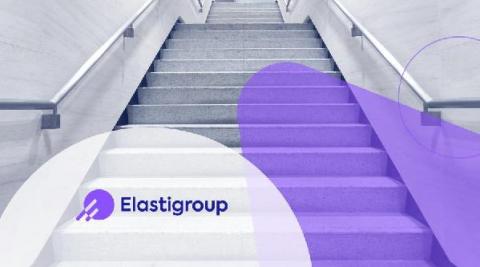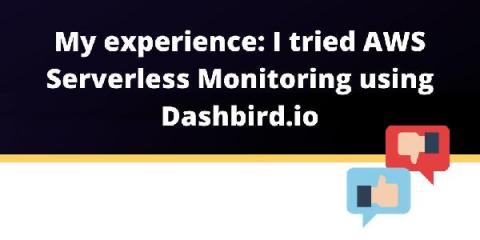Elastigroup scaling now supports multiple metrics
Scalability is one of the main reasons why cloud computing has become so popular. Cloud customers can rapidly react to changes in market needs and demands by automatically launching or terminating resources. This way only the exact number of resources required to serve all incoming requests are running (and being paid for) at any given moment.











